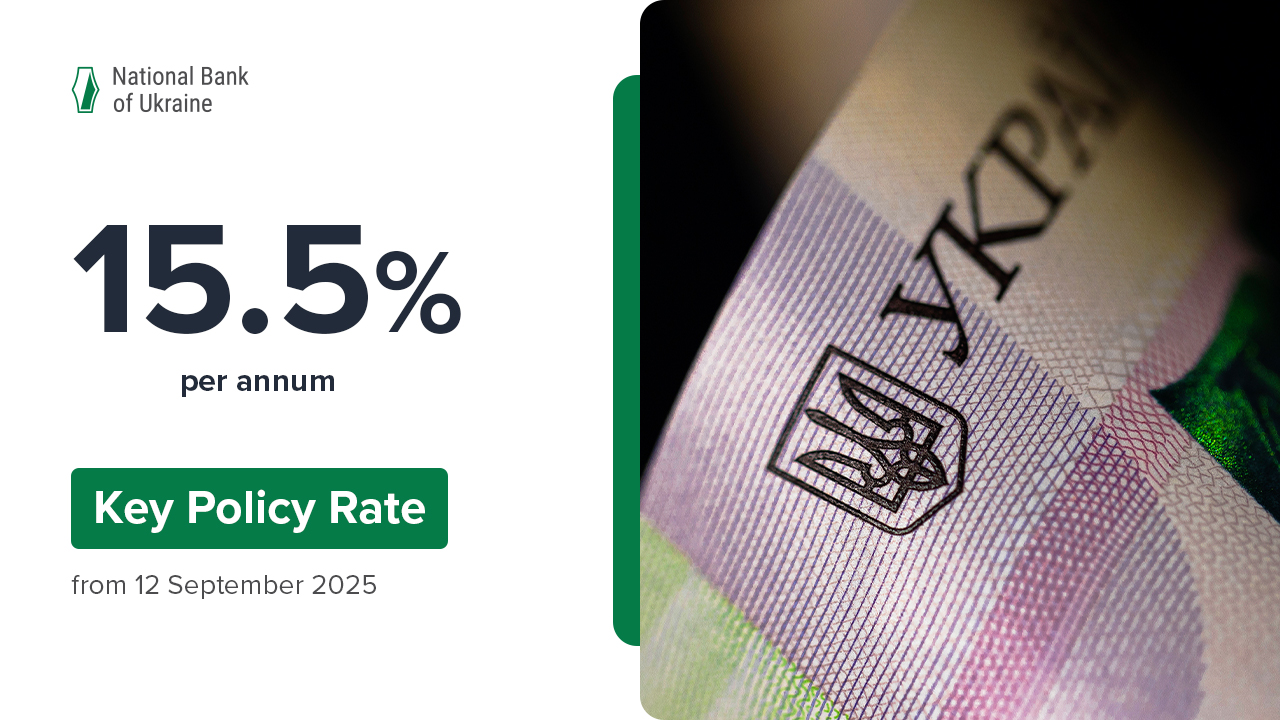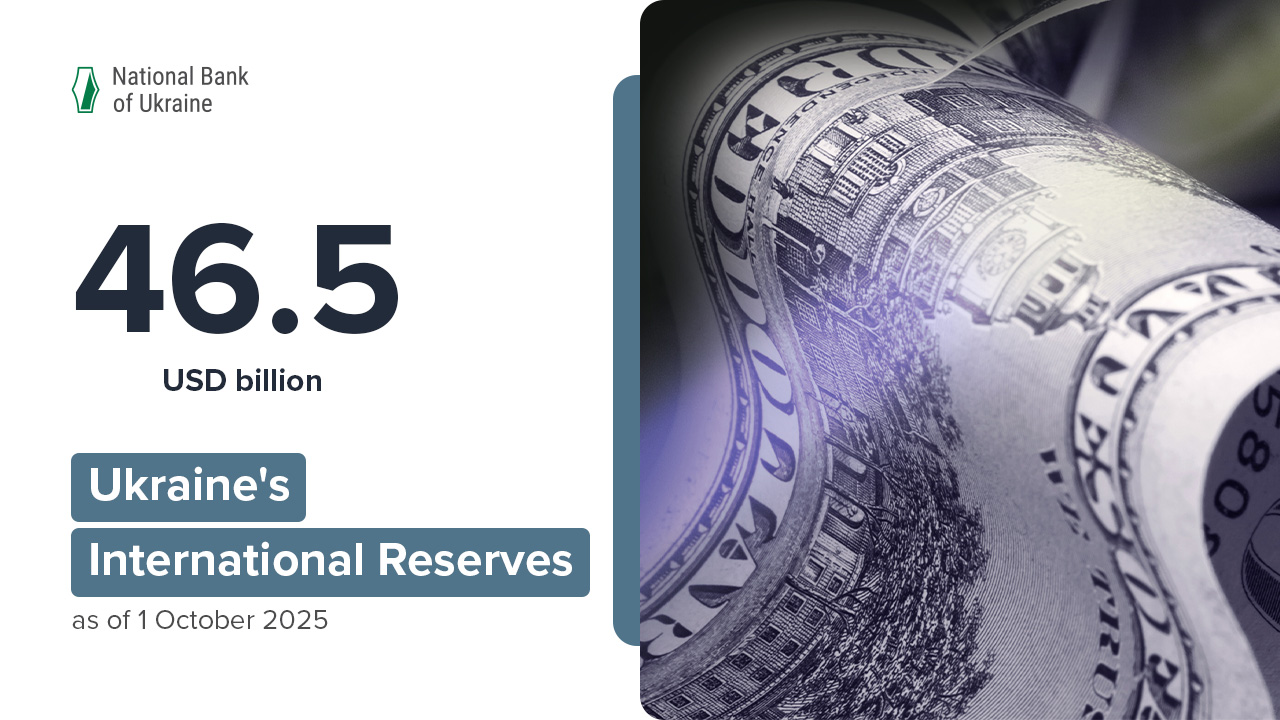Ukraine had USD 28,107.5 million in international reserves as of 1 April 2022, preliminary data show. In March, international reserves grew by 2%, driven primarily by the financing received from international partners. These inflows compensated for sales of foreign currency by the NBU and payments to service public debt.
The overall dynamics of reserves during March was shaped by the following factors:
- first, transactions related to public debt management.
The government received USD 3,274 million in FX inflows. Specifically, SDR 1,006 million came from the IMF (under the Rapid Financing Instrument), EUR 639 million from the European Investment Bank, EUR 588 million from the EU, and USD 111 million and EUR 312 million from the World Bank.
The government spent an equivalent of USD 283 million on the servicing and repayment of FX public debt. That includes the USD 205 million dollars that went towards the servicing of Eurobonds and the USD 44 million used to redeem FX domestic government debt securities.
Furthermore, the NBU and the government in March repaid USD 680 million to the IMF.
Since 24 February, when the russian army of murderers invaded Ukraine, the FX market has been operating in restricted mode. This is important for protecting the stability and reliable operation of the Ukrainian financial system. Because of restrictions, most FX transactions in March took place between banks and the NBU.
Over the course of last month, the NBU sold USD 2,476 million and bought USD 748 million. As a result, the NBU came out as a net seller of USD 1,728 million.
- third, the revaluation of financial instruments (due to changes in their market value and exchange rate fluctuations). These instruments declined in value by an equivalent of USD 28 million last month.
Data on international reserves and FX liquidity are compiled and published on a monthly basis:
- for preliminary data, no later than on the seventh day after the reporting month ends
- for revised data, no later than on the 21st day after the reporting month ends.
Revised data are available here.
Data on Ukraine’s international reserves are presented in a U.S. dollar equivalent.
Russia’s ongoing massive invasion of Ukraine has made it difficult to forecast macroeconomic indicators. The NBU is temporarily refraining from publishing information about how much of future imports can be covered by international reserves.








